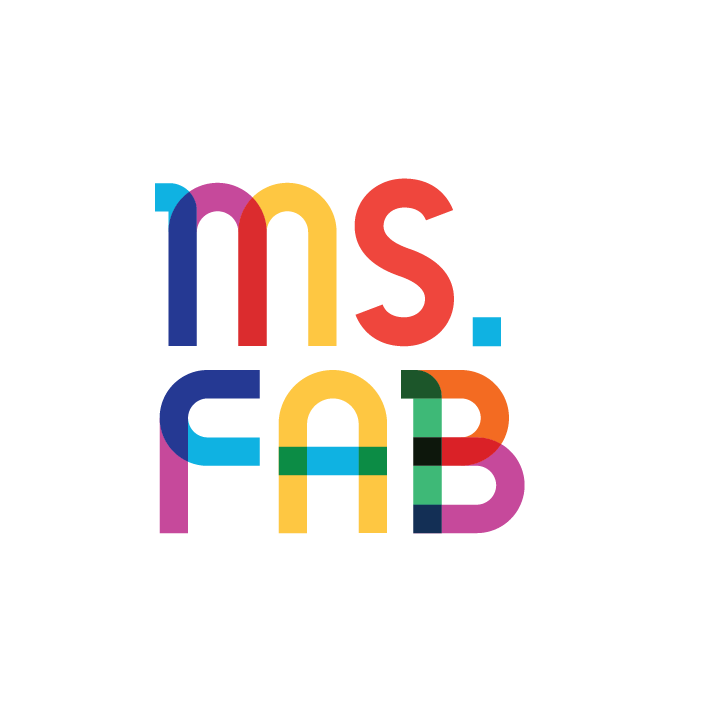Conundrums
Life is a series of tradeoffs.
When you say “yes” to one thing, you’re saying “no” to something else.
Many of us act as if there are no tradeoffs—we can just do everything if we try hard enough. The irony is that those who know how to make tradeoffs can get so much more out of life than those who try to get everything— Farnam Street
How can we help kids understand tradeoffs so they are better equipped to make decisions as adults?
I recently learned about Conundrums, written and created by the teachers and students of Astra Nova and produced in partnership with ClassDojo. Conundrums push kids to understand tradeoffs, forcing them to make decisions and judgments in a world of "no right answers."
Per Josh Dahn, cofounder of Ad Astra, a Conundrum can be as simple as: “If you could pay a teacher, a firefighter, a soldier, a police officer, or the mayor between $1 and $5, who would you pay the most and why?"
It’s mind blowing to hear kids reason through these.
They have to consider deeper questions (How big is the town? Does the teacher care about the students? Does this police officer treat the community with respect? ) assign value relative to everyone else, and back up their choices.
What I love the most about Conundrums is that they address ethical dilemmas that kids may not encounter in a standard curriculum. Consider this powerful example: The Lake Conundrum.
Who is most to blame?
Option A: The COMPANY
Option B: The SCIENTISTS
Option C: The PUPPETMASTER
Option D: The MEDIA
Option E: The POLITICIANS
Option F: The VOTERS
Kids have to explain the origins of their ideas, challenge assumptions, look for evidence to back up their choices, and consider alternative perspectives.
Why do I think this? What exactly do I think? How do I know this is true? What if I thought the opposite? How can I back this up? How could others be correct too?
You can create conundrums at home, during meals or car rides, for your kid to think through. These shouldn't take a lot of time to plan. Keep them simple, short, and thought-provoking:
Give between 3-5 conflicting options
Use some quantitative data
Give some qualitative factors
As long as there's tension, you can really adjust the parameters as you’d like.
Here are a few other Conundrums, which I love, that are sure to spark your kid's curiosity and imagination.
You’ll find that conundrums bring out a side of kids that you wouldn’t see otherwise. Kids can lead the conversation, change their mind, and consider different points of view.
I encourage you to try these out and let me know what you find!
Ms. Fab
P.S. Did you know that conundrums are at the heart of what students learn at Synthesis?
I explore ideas like this in Fab Fridays, my newsletter on childhood education and new ways to learn.
Subscribe below!

